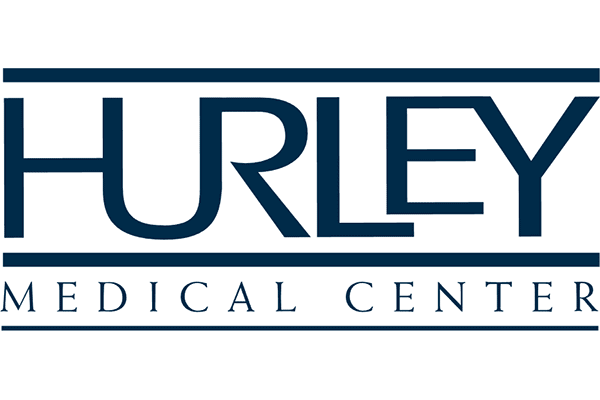- Writers: Neil Young
- Producers: Elliot Mazer, Henry Lewy, and Jack Nitzsche
- Recorded: Late 1971
- Released: Early 1972
- Players:
Neil Young — guitar, vocals
Ben Keith — pedal steel
Jack Nitzsche — piano, guitar
Tim Drummond — bass
Kenny Buttrey — drums
James Taylor and Linda Ronstadt — backing vocals - Album: Harvest (Reprise, 1972)
- Also On: Decade (Reprise, 1977)
- “Heart Of Gold” was Neil Young‘s first big hit single, and it brought him mainstream success as well as international stardom. The song “put me in the middle of the road,” as Young recalled.
- At the time of its release, many critics felt Harvest was too lightweight and sentimental, showing a dip in Neil Young’s standards.
- While his earlier, better-known songs like “Mr. Soul”, “Down By The River,” and “Cinnamon Girl” were quirky and dark, “Heart Of Gold” was distinctly laid back and warm in contrast. The overall mellow mood of the song, and the album in general, played a large role in gaining a wider audience for Young.
- In order to ensure the good vibes in the song, Young brought James Taylor and Linda Ronstadt along to provide backing vocals.
- A bad back just might make for easy-going rock: Young might have been shooting for a more commercial sound on Harvest, but he also had a back injury at the time, which prevented him from doing any strenuous electric guitar rave-ups — hence the album’s acoustic feel.
- Harvest was the first album Young worked on with the Stray Gators, a group he was to work with again with great success.
FAST FORWARD:
- In 1992, Young reunited with the Stray Gators to make the “follow-up” to Harvest, which was titled Harvest Moon.
- Like its predecessor, the pastoral mood of Harvest Moon can at least partly be traced back to medical reasons. After a thrashing tour with Crazy Horse to support the rocking Ragged Glory album, Young’s hearing was damaged and he literally needed to make quieter music.
- However, Young spent a good part of the ’90s reaffirming his thrasher roots with garage-rock albums and live efforts such as 1990’s Ragged Glory, 1991’s Weld, 1994’s Sleeps With Angels, and 1997’s Year Of The Horse.
- Young also reclaimed his status as a guiding light to younger acts with 1995’s Mirror Ball, on which he was backed by Pearl Jam.
- Young continues to do charity work for the Bridge Foundation — a group his wife founded that benefits a special education school in San Francisco — and participate in the annual Farm Aid benefit concerts.
- Young has been inducted into the Rock And Roll Hall Of Fame twice: in 1995 as a solo artist, and in 1997 with Buffalo Springfield. He’s also been inducted into Canada’s Prairie Music Awards Hall Of Fame.
- Young inducted the Pretenders into the Rock And Roll Hall Of Fame in 2005, and he also performed with them. While in New York City for the event, he had some vision problems, and when he went to the doctor, it was discovered that he had a brain aneurysm. Young then traveled to Nashville to work on his album Prairie Wind, before returning to New York City for a successful operation. He’s since made a full recovery.
- Young reunited with Crosby, Stills & Nash to record new material and tour in 1999, 2000, and 2002, and they toured in 2006 behind Young’s album called Living With War.
He recently released a new album called Chrome Dreams II, a follow-up to an unreleased collection from 1977.


